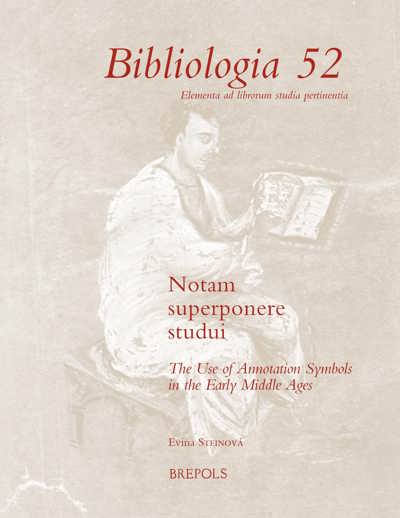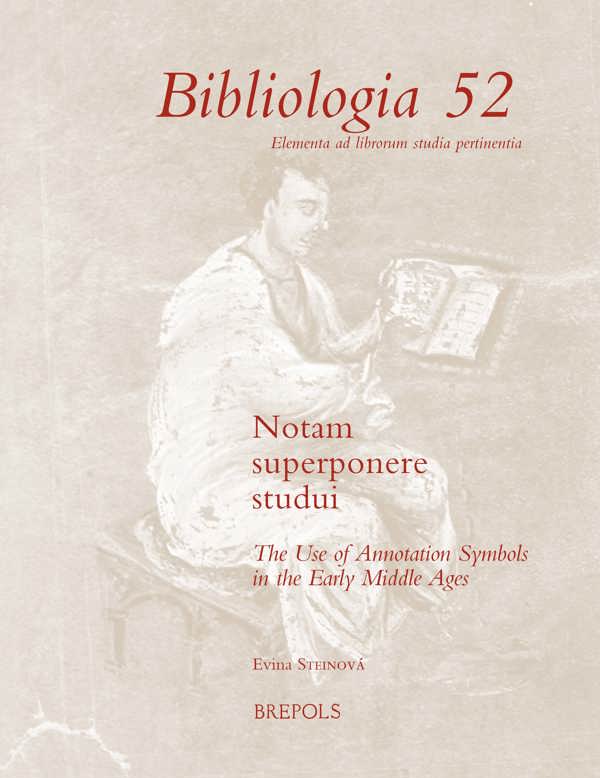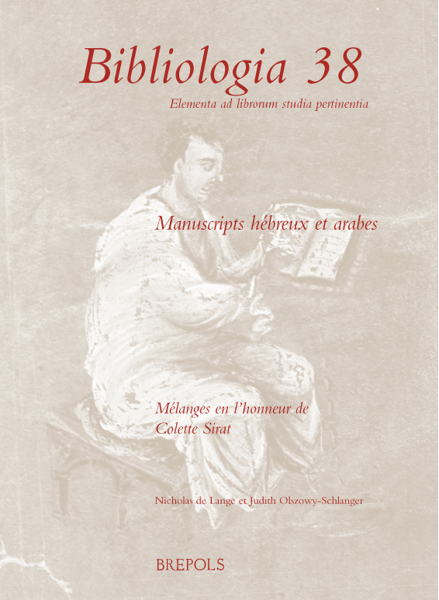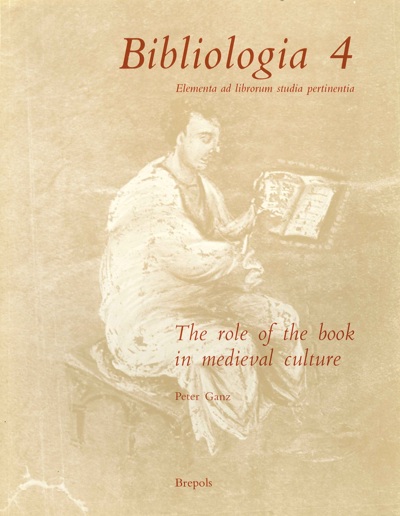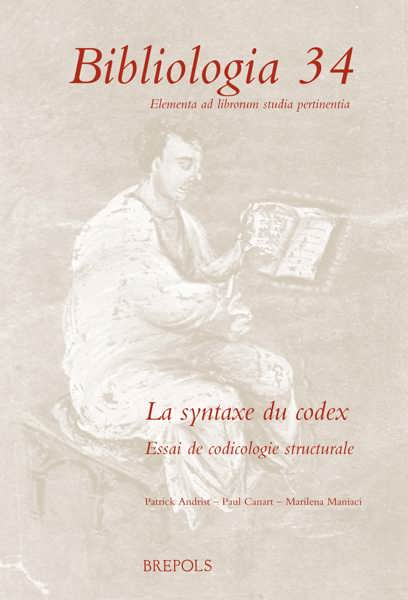
- Pages: 301 p.
- Size:216 x 280 mm
- Illustrations:15 tables b/w.
- Language(s):English
- Publication Year:2019
- € 100,00 EXCL. VAT RETAIL PRICE
- ISBN: 978-2-503-58170-5
- Paperback
- Available
« L’étude d’Evina Steinová est méthodologiquement bâtie, prudemment conduite et intelligemment construite. C’est un plaisir – pourtant peu évident a priori – que de la suivre à propos de textes techniques, aussi bien dans l’analyse de leur contenu, bien souvent aride, que dans leur transmission, toujours complexe. Outre ces qualités, l’ouvrage se signale aussi par la place qu’il vient désormais occuper dans le champ de la codicologie : c’est une référence incontournable pour qui s’intéresse aux marges des manuscrits. » (Camille Gerzaguet, dans : Archivum Latinititatis Medii Aevi (Bulletin du Cange) 78, 2020, p. 309-314)
“This book is destined to become a point of reference for all dealing with late antique manuscripts (…) Steinová has produced a valuable synthesis which deserves to be extensively read and perhaps even annotated in its own capacious margins.” (H.A.G. HOUGHTON, in Early Medieval Europe, 30/1, 2022, p. 152-153)
Early medieval manuscripts were commonly annotated not only by glosses but also by annotation symbols. These graphic signs inserted in manuscript margins provided manuscript text with layers of additional meaning and functionality. From the most common signs marking biblical quotations and passages of interest to the sophisticated systems of signs used by some of the early medieval scholars, annotation symbols represent perhaps the most common form of marginalia encountered in early medieval books. Yet, their non-verbal character proved a serious obstacle to their understanding and appreciation.
This book represents the first systematic study of annotation symbols used in the Latin West between c. 400 and c. 900. Combining paleographic evidence with the evidence of written sources such as late antique and early medieval lists of signs, this book identifies the most important communities of sign users and conventions in use in the early Middle Ages. It explores some of the notable differences between regions, periods, linguistic communities and classes of users and reconstructs a fascinating history of the practice of using signs, rather than words, to annotate text. Those who work with early medieval manuscripts will, furthermore, find this book to be a practical handbook of the most common annotation symbols attested in early medieval Western manuscripts or discussed in ancient and medieval sources.
Introduction
Chapter 1. The use of annotation symbols in Antiquity
Chapter 2. The 21-sign treatise: inherited classical doxa in the early medieval Latin West
Chapter 3. Transmission of other doxa with ancient roots in the Early Middle Ages
Chapter 4. The revival of scholarly sign use in the Carolingian period
Chapter 5. Annotation symbols in the Carolingian classroom
Chapter 6. Signs used by Western scribes from Late Antiquity until the ninth century
Conclusion
Appendix I: Overview of the most important annotation symbols
Appendix II: Latin sign treatises from the eighth to fifteenth century
Appendix III: Annotation symbols in Bavarian manuscripts
Bibliography
Index of manuscripts
Index of authors and texts annotated with signs
Index of notable sign users
